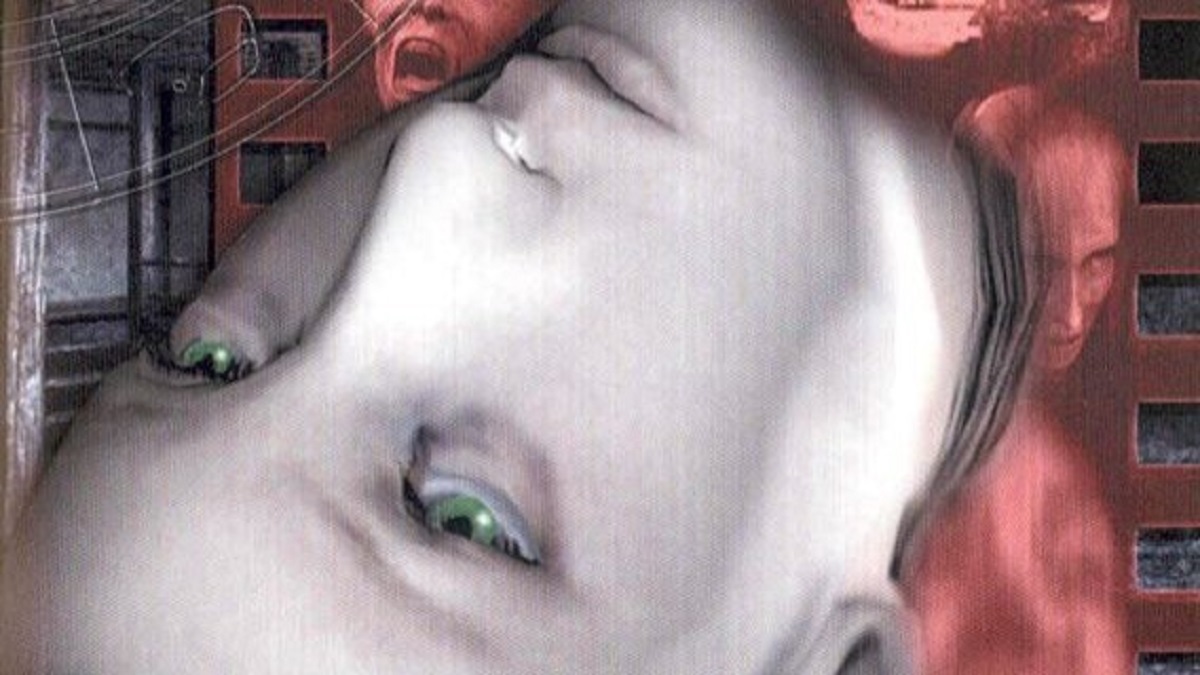It says it on the box. It says it on the title screen. Fatal Frame “Based on a true story.” It’s practically the subtitle. And it doesn’t matter if you’re playing the 2001 PS2 original or the 2002 Xbox “Director’s Cut,” they both say those exact words: “Based on a true story.”
At least if you’re playing the Western version.
So, what exactly is this story that Fatal Frame is “based on,” and how much of it is “true?” Oh, geez.
The story of Fatal Frame
The game itself tells the story of Miku Hinasaki as she follows her brother to an abandoned mansion in Japan. The Himuro mansion was built on an old Shinto ritual site. Sometime in the 1800s, the head of the Himuro family massacred everyone in the mansion, leaving it vacant for some time. It was briefly inhabited by another family during the 1900s, but the matriarch of the family hung herself while the patriarch simply disappeared. The daughter of the family was found later, but the mansion was left abandoned.
Miku’s brother, Mafuyu, is attempting to find a novelist who went missing at the mansion but disappears in the process, leaving Miku to go looking for him. She finds the mansion to be infested with vengeful spirits that she’s able to fight off with the help of a camera called the Camera Obscura.
Now we’re briefly dipping into spoiler territory. As she explores, she learns of the Himuro family’s deranged ritual and its purpose to keep the Hell Gate sealed and the world protected. In 1837, a ritual failed, which led to the massacre of the Himuro family. In Fatal Frame, Miku has to unravel the mystery behind the last maiden and try to keep the Hell Gate sealed.

How much of it is true?
None of it.
When publishing Fatal Frame in the West, Tecmo stretched the meaning of “Based on a true story” to the moon and back. There’s no missing novelist, no Himuro Mansion, and this may be a jump to conclusions, but there’s no Hell Gate or magical ghost-repelling camera.
Some people believe that the mansion is based on an actual place, but this doesn’t seem to be the case. Some have even stated with differing levels of confidence that there was a mansion left abandoned after a series of murders, but that’s never been proven. There is some possibility that it’s based on some abandoned Edo-era mansions around Tokyo and Kyoto, but the developers have never alluded to Himuro Mansion being inspired by any of these locations.
Likewise, the inspiration for the game came mainly from 1996’s Tecmo’s Deception, Japan’s abundant urban legends and folklore, horror and war films, and Makoto Shibata’s own experiences with the supernatural. That last part is the closest we get to it being true, and how true it is really depends on how much you trust Shibata-san and believe in the supernatural. Even then, the events of the game aren’t based on any of his experiences.
Fans have long dug for one shred of factual evidence behind Fatal Frame’s tagline, and there simply isn’t any. It’s more likely Tecmo’s marketing team playing on Japan’s mystique in the early days of the internet. The moral here is to never believe in marketing.













Published: Oct 2, 2023 8:06 PM UTC